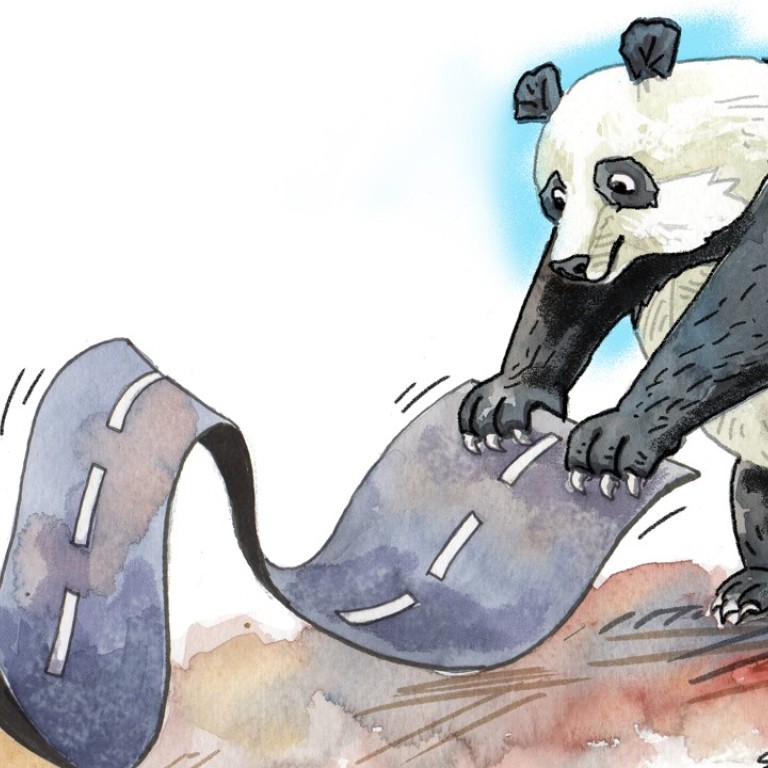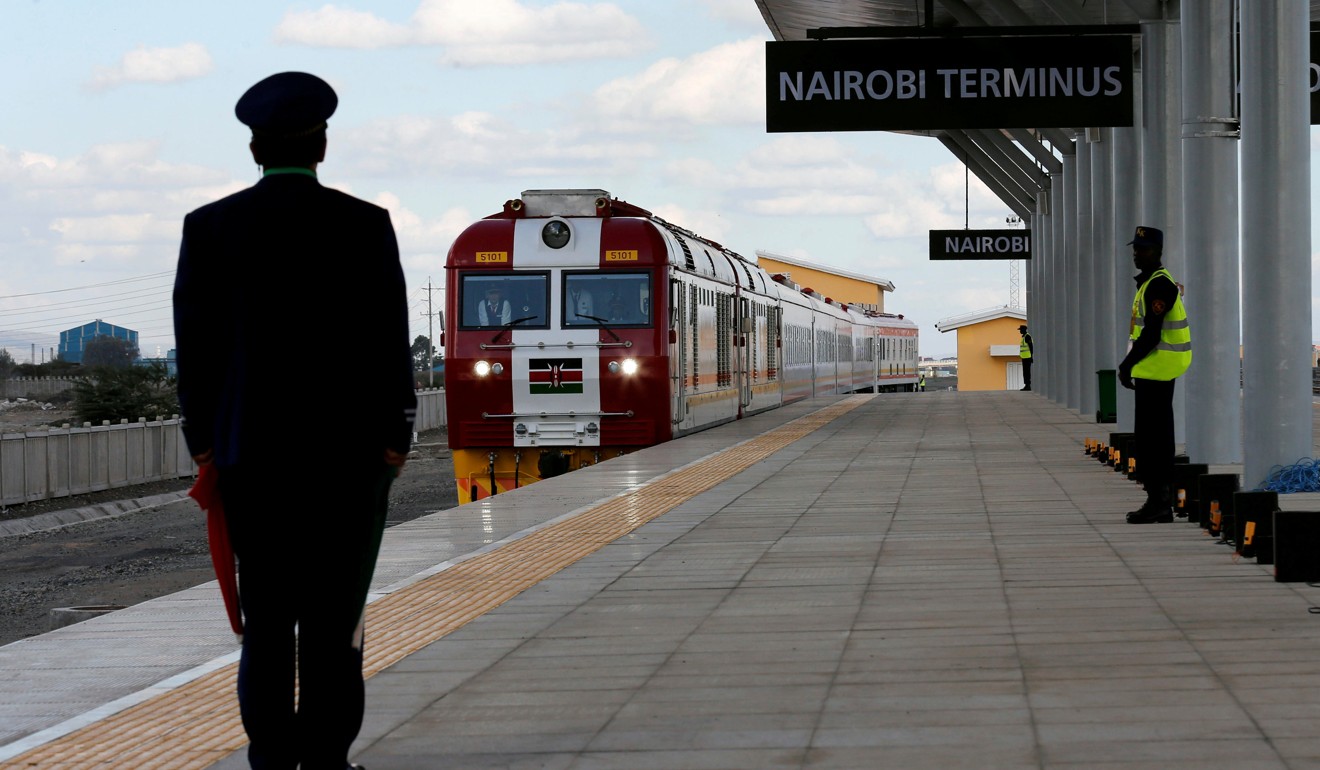
Facing a trade war and bumps along the belt and road, China may have to revisit the cost of its grand plan
Anu Anwar says China’s ambitious international infrastructure investment plan goes beyond funding roads and railways by transforming the global geopolitical landscape, but as it faces resistance, its true costs are becoming evident
The plan’s true objectives and multilayered ambitions have been analysed from a wide range of perspectives, but there is an emerging awareness that its impact is already being felt far beyond the realm of infrastructure construction.
In fact, the Belt and Road Initiative will remain the master concept of Chinese foreign policy for the foreseeable future, all the way to 2049, the 100th anniversary of the founding of the People’s Republic of China.
In the past five years, the plan has materialised into concrete action, with its impact being felt beyond the Pacific Ocean. Experts expect the project to play a pivotal role in transforming the geopolitical landscape of the Asia-Pacific as well as globally.
Also, in 2017, China’s imports from these countries were worth over US$666 billion, accounting for 39 per cent of China's total import value.
Given that private capital is not interested in investing in infrastructure and private investors do not link up easily, developing countries are constrained by their weak infrastructure.
Thus, there is appetite for the Belt and Road Initiative, which largely targets developing countries where the economy is booming, urbanisation is at its peak and the demands for infrastructure are skyrocketing. For example, the Mombasa-Nairobi Railway, a flagship belt and road project, which opened last year and was hailed as the road to connectivity in East Africa, is estimated to have boosted Kenya’s economy by 1.5 per cent.
However, despite President Xi Jinping saying that the initiative “is an open and inclusive process, and not about creating exclusive circles or a China club”, this epic project has been viewed in the West as an extension of Beijing’s global ambitions and the centrepiece of its economic foreign policy. Besides, questions have been raised about the sheer scale of this venture amid allegations that it is nothing more than “debt-book diplomacy”.
“China is facing enormous challenges with these reactions from the international community,” Pang Zhongying, a foreign affairs specialist at the Ocean University of China, told the Post. “Xi’s speech shows that [the leadership] has reflected on these developments and has made adjustments … and is trying to tone down its rhetoric.”

Moreover, it is evident that Chinese projects are less open to local and international participation. Out of all contractors participating in Chinese-funded projects within the Reconnecting Asia database, 89 per cent are Chinese companies, 7.6 per cent are local companies (companies headquartered in the same country the project was taking place in), and 3.4 per cent are foreign companies (non-Chinese companies from a country other than the one the project was taking place in).
In comparison, out of the contractors participating in projects funded by the multilateral development banks, 29 per cent are Chinese, 40.8 per cent are local, and 30.2 per cent are foreign.
There are economic challenges at home, and if things go belly-up domestically, it could strain President Xi Jinping’s ambitions
Whether the Belt and Road Initiative is a win-win or win-lose proposition is yet to be seen, but it is evident that China is keen to extend its influence beyond its own backyard in Asia. The more China extends itself around the globe, the heavier its burden will be.
Anu Anwar is a visiting fellow at Kobe Gakuin University, Japan, and a geopolitical analyst with a special focus on the Belt and Road Initiative. He is a Masters’ candidate at Tsinghua University

